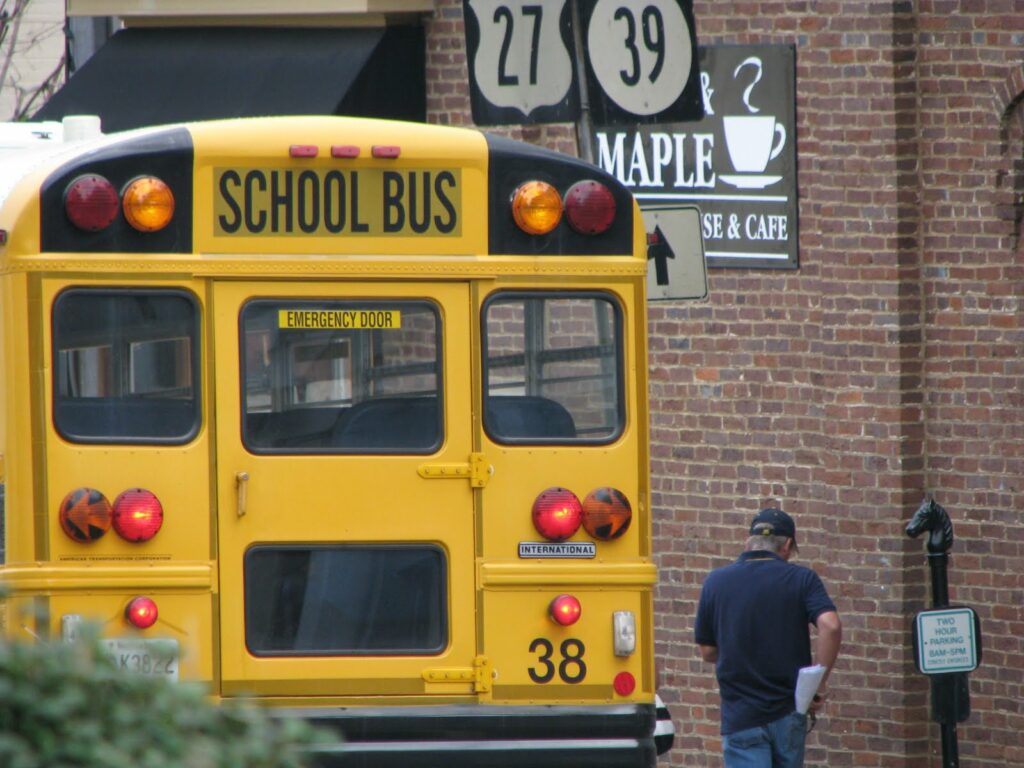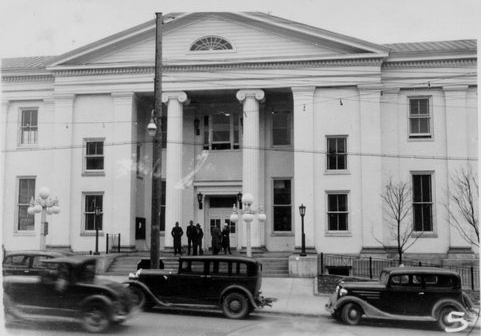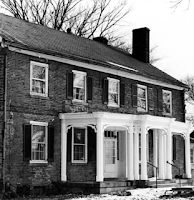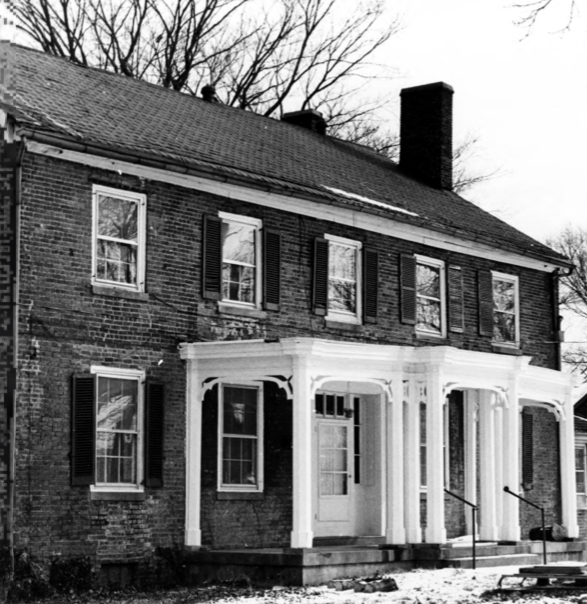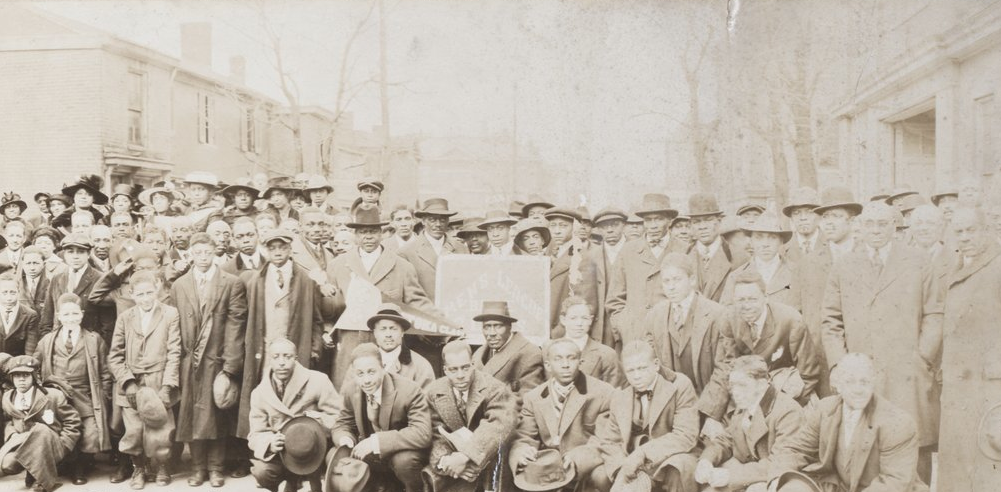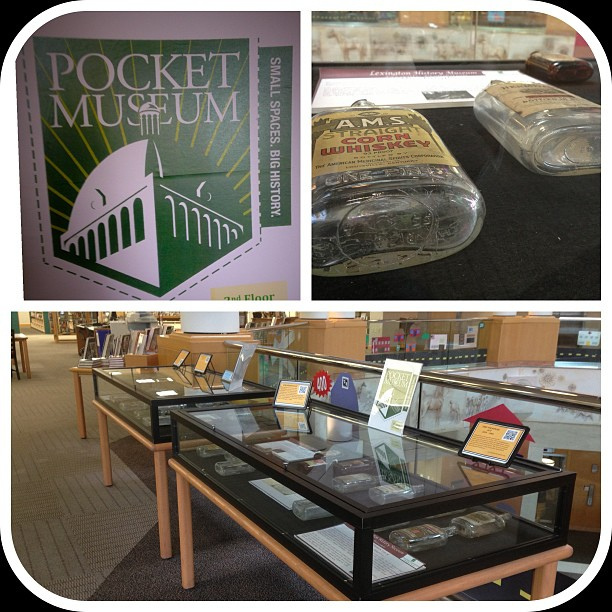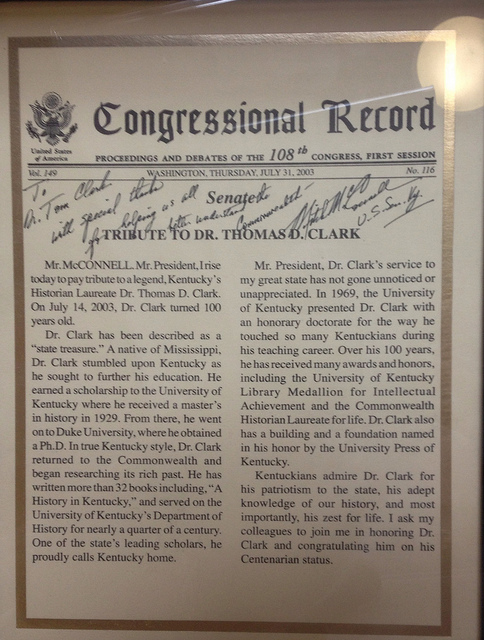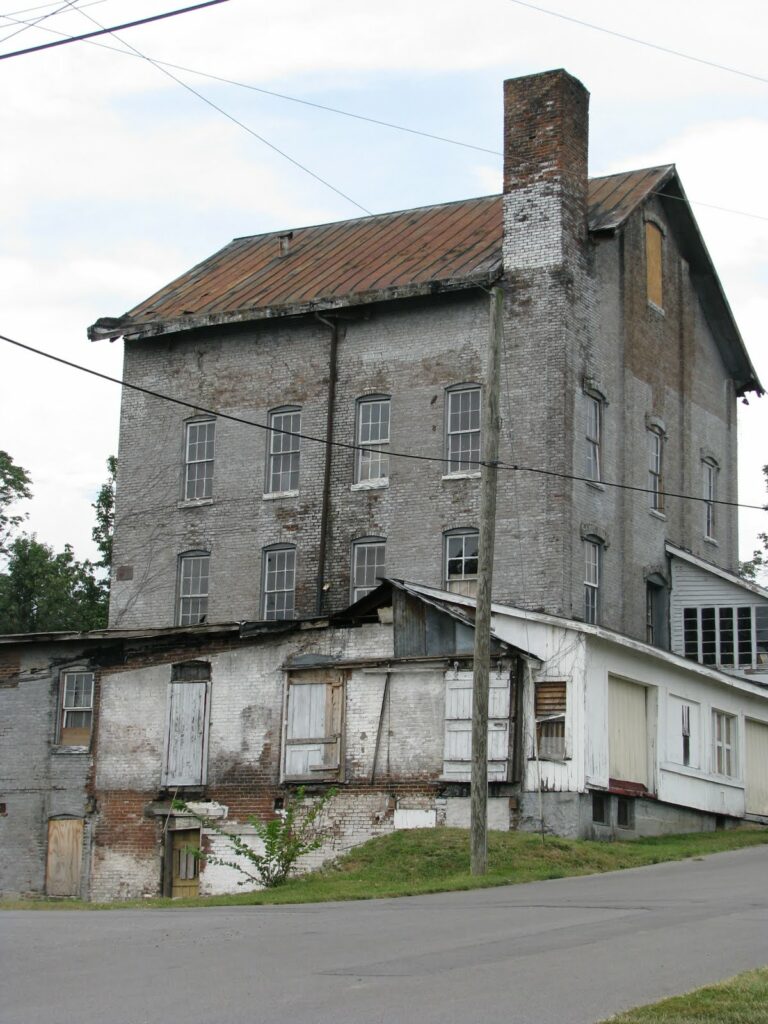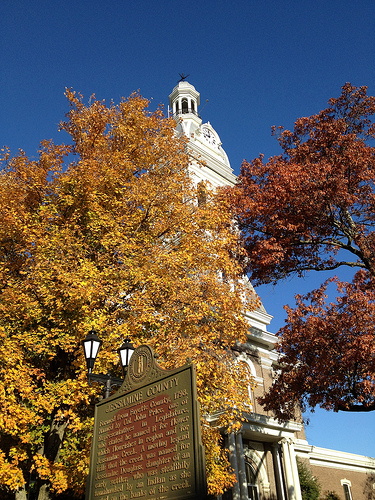Throughout the Commonwealth, roadside historic markers dot the landscape in both our cities and rural areas like. On this website, I have often profiled some significant (and not so significant) historic markers. Regardless of their recognition or renown, each represents an interesting piece of the Kentucky story. Each Monday, I will profile a different distort marker in a new series called #MarkerMonday.
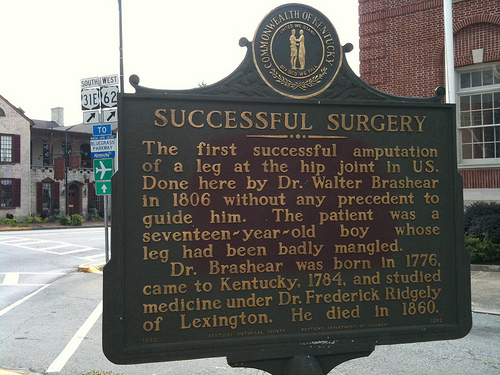 |
| “Success Surgery” – Bardstown, Ky. |
Near the old courthouse in downtown Bardstown, stands a historic marker of medical significance. Fred was in this community, in 1806, that Dr. Walter Brashear performed the first successful imputation of the leg (hip joint down). Marker #1282 reads:
The first successful amputation of a leg at the hip joint in US. Done here by Dr. Walter Brashear in 1806 without any precedent to guide him. The patient was a seventeen-year-old boy whose leg had been badly mangled. Dr. Brashear was born in 1776, came to Kentucky, 1784, and studied medicine under Dr. Frederick Ridgely of Lexington. He died in 1860.
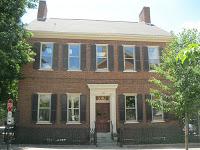 |
| Ridgely House – Lexington, Ky. |
The reference to Dr. Ridgely should not go unnoticed for Lexington history enthusiasts, for his house still stands at 190 Market St. in Gratz Park.
And as for Dr. Brashear, he was married to Margaret Barr of Lexington in 1802. After the succesful surgery, he continued to practice medicine until 1822. Then, he moved his family and slaves to Louisiana where he developed his sugar plantations.
It is peculiar to note that some records identify Dr. Brashear a United States Senator from Louisiana, though official biographies of members of Congress are silent on the matter

